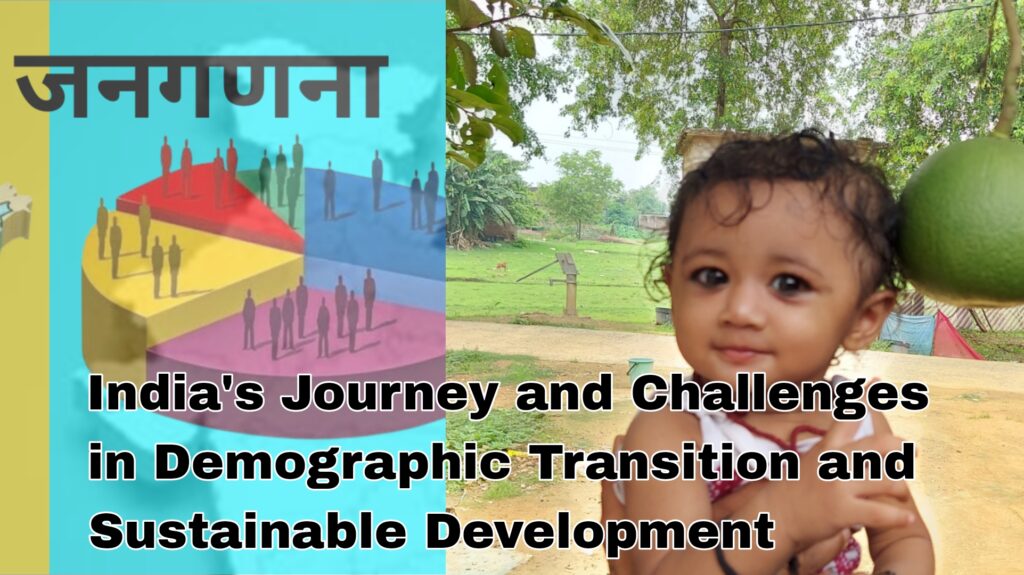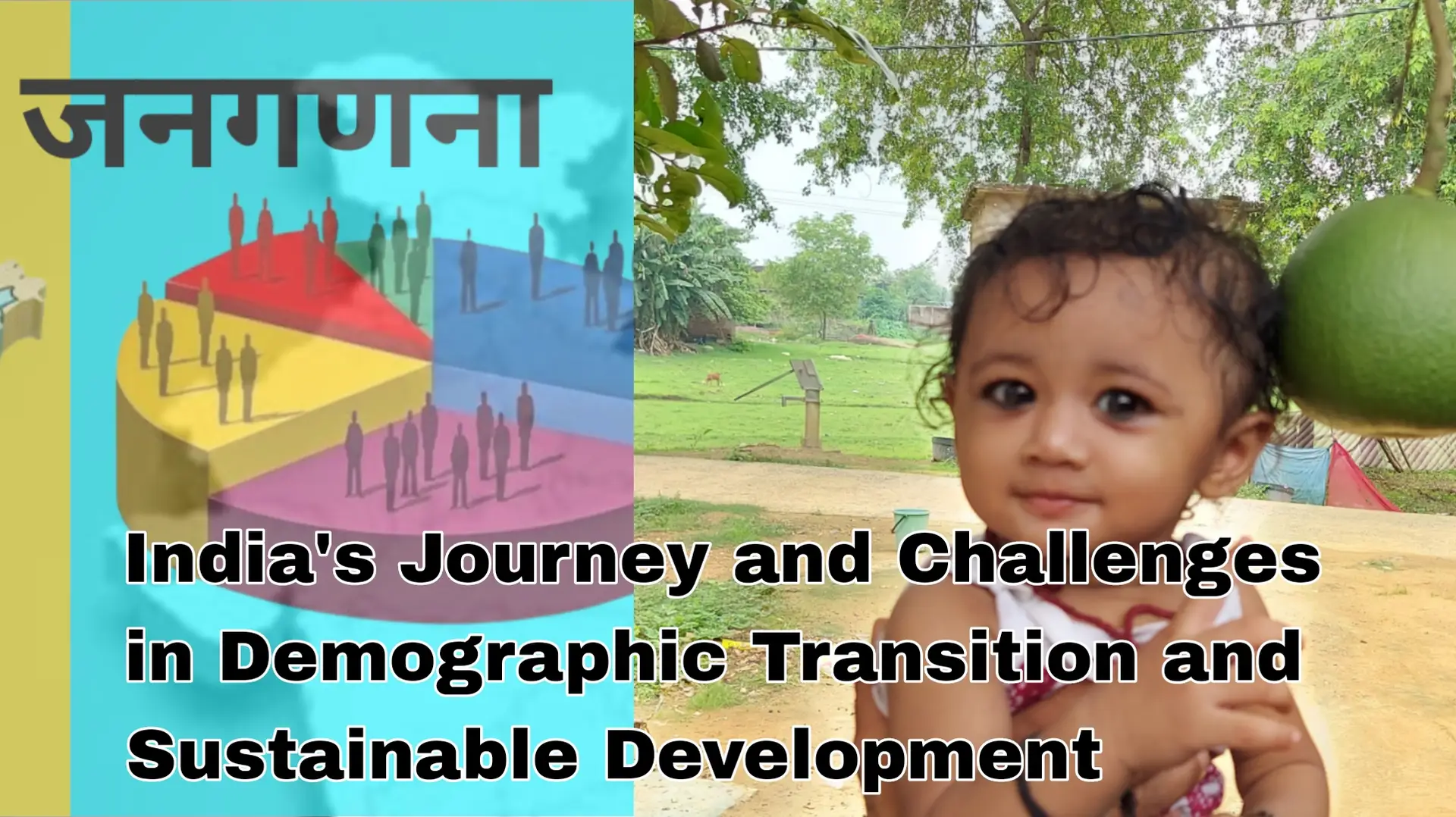
India’s Journey and Challenges in Demographic Transition
World Population Day, observed on July 11 since 1989, marks a significant milestone when the global population crossed five billion. Today, the world’s population continues to grow, and its implications on social, economic, and environmental fronts are profound. India, now the world’s most populous country with 1.44 billion people, has made remarkable strides in various areas, yet faces significant challenges that require careful navigation.
India’s Demographic Transition
India’s population dynamics have undergone significant changes over the past few decades. The annual growth rate has decreased to below 1%, and the total fertility rate (TFR) has dropped from 3.4 in the 1990s to just below 2.1, indicating that India is nearing the replacement level fertility rate. These demographic shifts are reflective of broader socio-economic transformations.
India’s economic landscape has also evolved substantially. The per capita GDP has risen from $400 to $2,400, signaling significant economic growth. Concurrently, the average life expectancy has increased from 61 to 70 years, underscoring improvements in healthcare and living standards. Additionally, the percentage of Indians living below the multi-dimensional poverty line has reduced dramatically from 43% to 11% over the past 27 years.
Regional Disparities and Economic Challenges
Despite these advancements, economic disparities and poverty remain pressing issues, particularly in states like Uttar Pradesh, Bihar, Madhya Pradesh, and Jharkhand. These regions continue to grapple with high poverty rates, which are compounded by inadequate infrastructure, poor healthcare, and limited educational opportunities. Addressing these disparities is crucial for inclusive national development.
Climate Change and Socio-Economic Impacts
Climate change presents another critical challenge for India. The socio-economic repercussions of climate change, including extreme weather events, water scarcity, and crop failures, exacerbate existing vulnerabilities. India’s focus on economic growth often appears at odds with climate change mitigation efforts. This is evident in global forums where India prioritizes poverty alleviation and economic development over stringent climate policies.
The stark contrast between resource consumption in OECD countries and India highlights this tension. With a population slightly less than India’s, OECD countries consume 16 times more resources, significantly contributing to global warming. India’s stance in international negotiations underscores the need for a balanced approach that accommodates the developmental needs of poorer nations while addressing global environmental concerns.
Circular Economy and Sustainable Development
In response to these challenges, the Modi government has been advocating for the Circular Economy framework. This approach aims to decouple economic growth from resource consumption, promoting sustainable consumption and production patterns. By focusing on recycling, reusing, and reducing waste, India seeks to foster economic growth that is environmentally sustainable.
This framework is particularly relevant for Global South nations, which often face the dual challenge of promoting economic development while mitigating environmental impacts. By adopting circular economy principles, these countries can aspire to achieve sustainable development without compromising their economic aspirations.
Prioritizing Poverty Eradication
In the broader context, the global South, including India, emphasizes poverty eradication over concerns about population growth. The goal is to achieve zero poverty within the next decade, a target that requires concerted efforts across multiple fronts, including education, healthcare, and economic development.
Population growth, while a concern, is seen as secondary to the immediate and pressing need to uplift millions out of poverty. This perspective shapes policy decisions and international negotiations, where the focus remains on creating inclusive growth opportunities that can benefit all sections of society.
Conclusion
As the world observes World Population Day, it is crucial to recognize the complex interplay between population dynamics, economic growth, and environmental sustainability. India’s journey from high population growth to a more stable demographic profile is commendable, but the path forward requires addressing persistent regional disparities, mitigating the impacts of climate change, and ensuring sustainable economic development.
By embracing frameworks like the Circular Economy and prioritizing poverty eradication, India can navigate these challenges effectively. The global community must support these efforts, acknowledging that sustainable development in the Global South is integral to achieving broader global sustainability goals.
India’s Journey and Challenges in Demographic Transition

